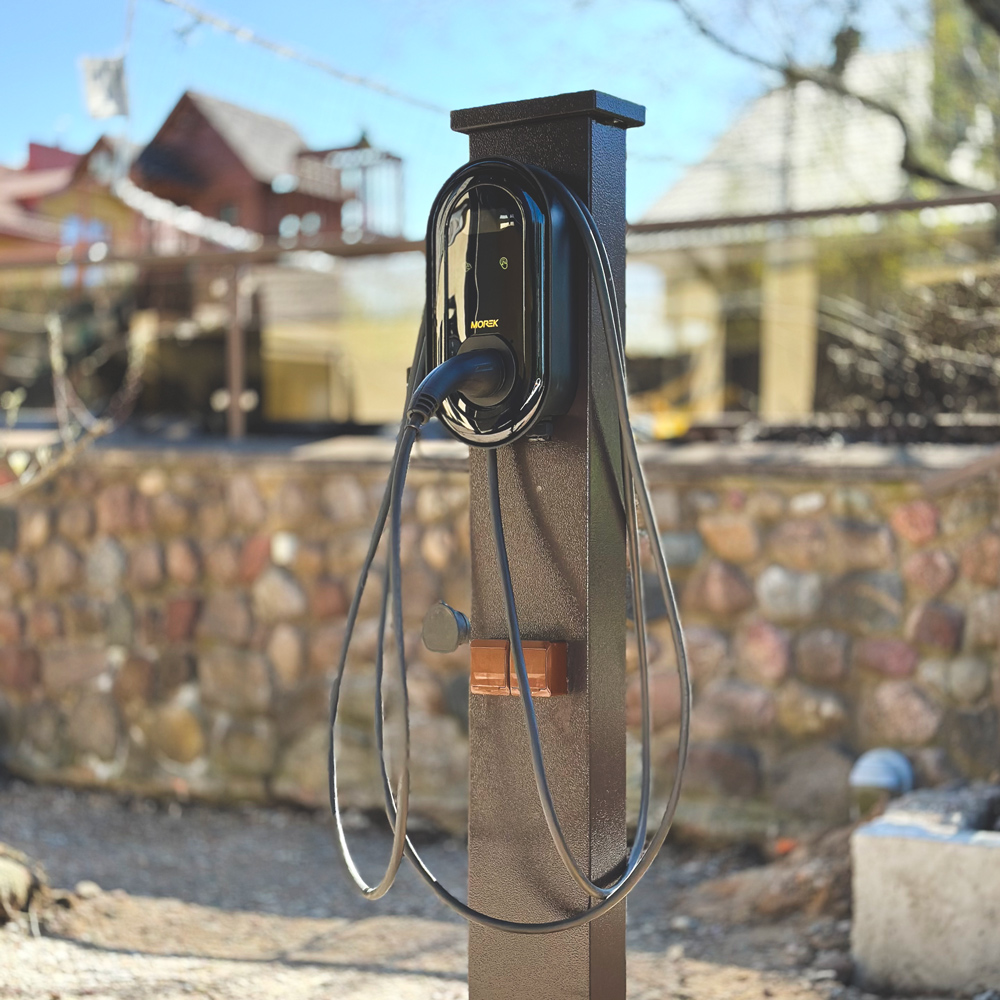Don’t Just Meet the Minimum Requirements
According to Estonia’s Building Code, any new building with more than 10 parking spaces must include EV charging infrastructure.
Specifically:
- Residential buildings must have cable routes prepared for every parking space.
- Non-residential buildings must have cable routing for at least every fifth spot, and at least one charging point installed.
This legal baseline, however, is just that – the bare minimum. Running a few empty conduits (cable routes) may technically meet the requirement, but it doesn’t address future demand or long-term convenience for residents.
🔍 Estonian Building Code or local EV infrastructure guidelines
Smart Planning Means Smart Savings
Future residents will expect more than empty tubes. Installing EV chargers without a smart foundation – like a load-balanced charging panel – can quickly lead to capacity issues, expensive upgrades, and regulatory headaches.
When the smart infrastructure is in place, adding one or even several chargers is simple. Users only pay for standard installation and plug the charger into a pre-configured, managed system.



